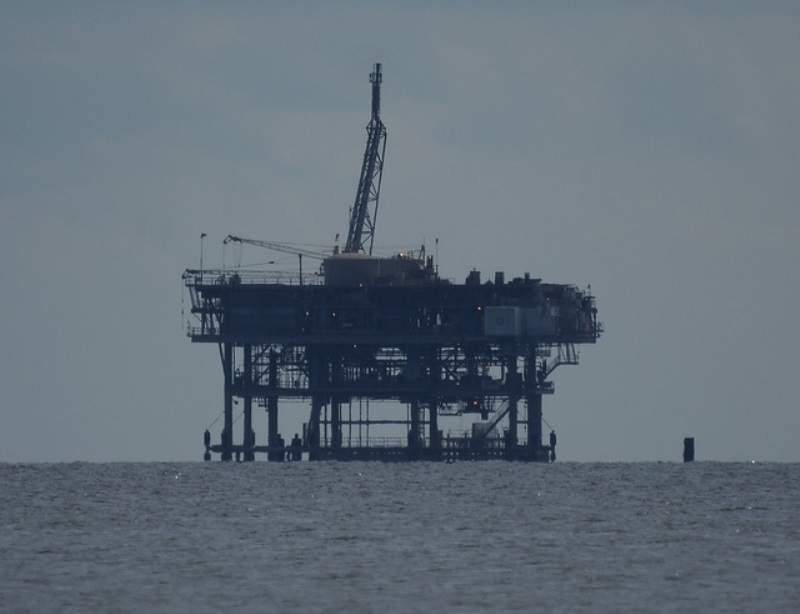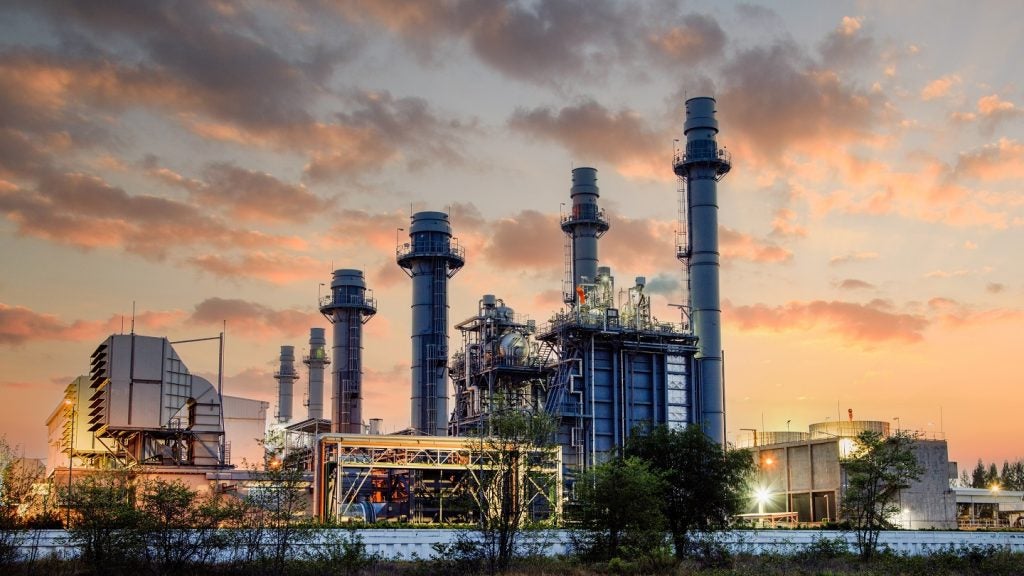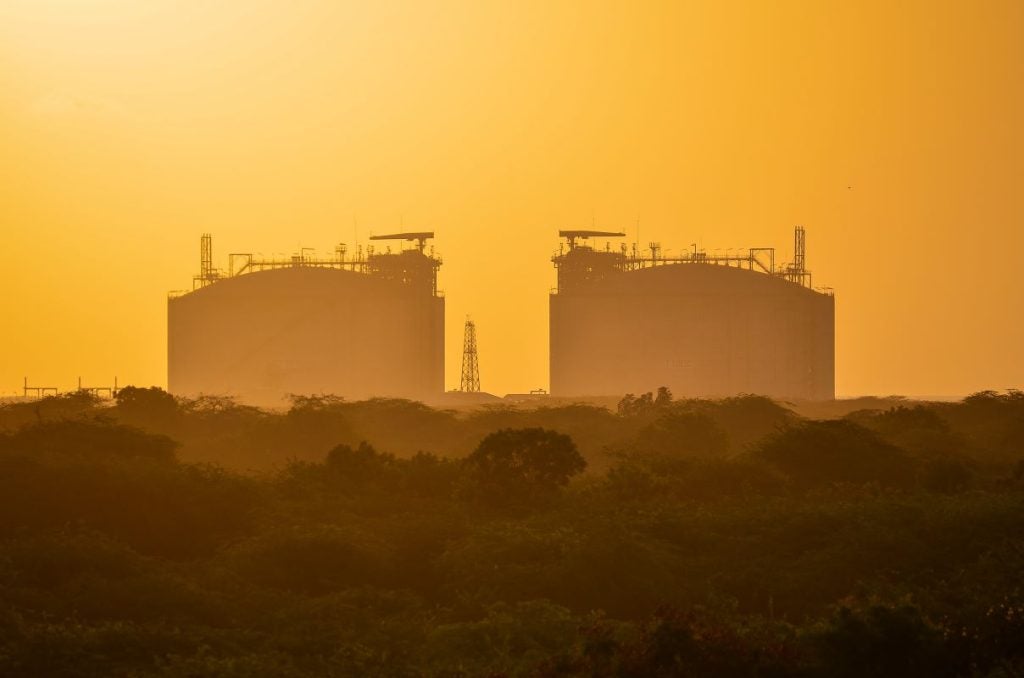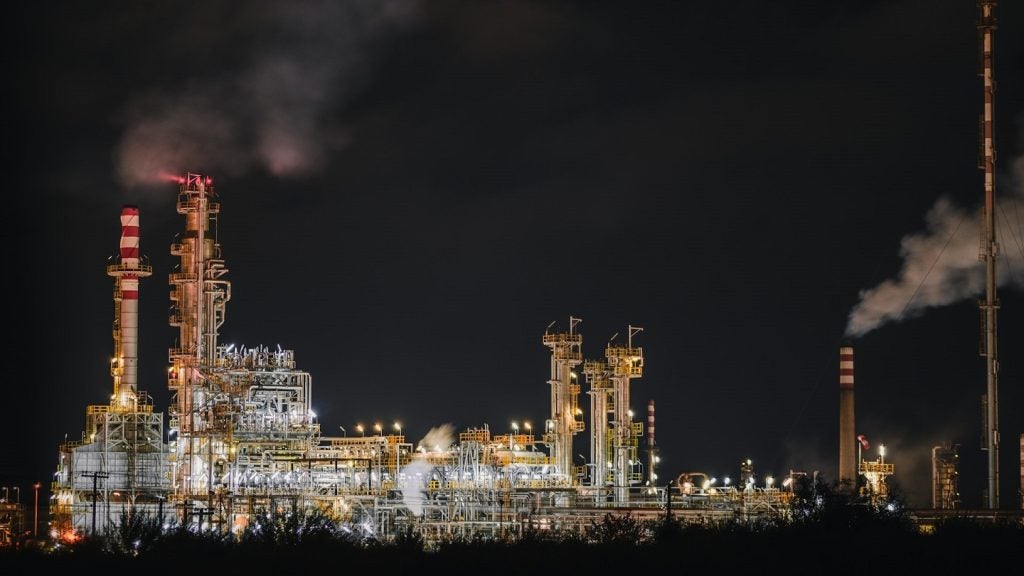
Oil prices increased following the US renewed sanctions on Iran, thereby increasing supply concerns in the global oil market.
The US renewed sanctions officially went into effect yesterday but do not include Iran’s oil exports, instead focusing on metals trading, coal, industrial software and auto sector.
In July, Iran exported almost 3 million barrels per day (bpd) of crude.
The sanction on Iran’s energy sector will be re-imposed following a 180-day ‘wind-down period’, which will end on 4 November.
Again Capital Management partner John Kilduff was quoted by Reuters as saying: “It certainly is a reminder to everyone that the US is serious about sanctions, and it’s doubtful they will grant waivers.”
Brent futures LCOc1 increased by 90 cents to reach $74.65 a barrel, while US West Texas Intermediate (WTI) crude futures CLc1 rose 16 cents to settle at $69.17 a barrel.
Besides this geopolitical tension, traders are also watching US stocks, which are expected to see a drop of 3.3 million barrels last week.
How well do you really know your competitors?
Access the most comprehensive Company Profiles on the market, powered by GlobalData. Save hours of research. Gain competitive edge.

Thank you!
Your download email will arrive shortly
Not ready to buy yet? Download a free sample
We are confident about the unique quality of our Company Profiles. However, we want you to make the most beneficial decision for your business, so we offer a free sample that you can download by submitting the below form
By GlobalDataPresident Donald Trump tweeted that the US renewed sanctions were “the most biting sanctions ever imposed”.
He further added: “Anyone doing business with Iran will NOT be doing business with the United States.”
Several European countries, as well as China and India oppose the sanctions. Iraq has also opposed the sanctions but later stated that will abide to protect its own interests.
Tradition Energy vice president of market research Gene McGillian was quoted by Reuters as saying: “The market continues to price in geopolitical risk from the re-imposition of sanctions by the US on Iran.
“The reports that Saudi Arabia’s production actually dropped in July continue to provide support for the market.”
Crude production in Saudi Arabia fell about 200,000 bpd last month, according to two sources at OPEC, even though Saudi Arabia and Russia vowed to increase production from July.
Meanwhile, US crude production has increased due to a surge in output from shale formations, according to the US Energy Information Administration’s monthly report.
Production was expected to grow 1.31 million bpd to 10.68 million bpd in 2018, lower than July’s growth forecast of 1.44 million bpd to 10.79 million, according to EIA.







